Industry Insights

Hypersonic Defence Report
Few developments have caught the West as off guard as Hypersonic Weapons. As a result, several nations are scrambling to develop their own Hypersonic and countermeasure capabilities to stabilize geopolitical power dynamics. This report gives the most up to date review of the Hypersonic Defence landscape. Dr James Bosbotinis delivers an in-depth analysis of relevant programmes and technologies, highlighting the complex nature of the problem facing western nations.
![[Exclusive Interview] Exploring the current state of Air Defence with Colonel (Retd.) David Shank, Full Spectrum Air Defence Chairman [Exclusive Interview] Exploring the current state of Air Defence with Colonel (Retd.) David Shank, Full Spectrum Air Defence Chairman](https://eco-cdn.iqpc.com/eco/images/event_content/Ls8KKE9GesDlrTq3OwARFimjOEUCKbA8N4WNLpfS.png)
[Exclusive Interview] Exploring the current state of Air Defence with Colonel (Retd.) David Shank, Full Spectrum Air Defence Chairman
Defence iQ had the pleasure of interviewing Colonel (Retd.) David Shank. The current state of Air Defence is explored, with talks on its current state and future, the developments in Eastern Europe and the refocus on near-peer conflict, David enlightens us on trends and views of this transformation.
The objectives and value of the conference are made clear. Whether you are a veteran of Air Defence, industry, or have a passing curiosity in the world of Air Defence, this interview helps edify your foundations.
Hear valuable insights like that of Colonel (Retd.) David Shank and more at the Full Spectrum Air Defence conference in June.

Full Spectrum Air Defence: Interview with Zak Kallenborn on the current state of affairs of C-UAS
Drone swarms represent some of the most advanced threats faced on the modern battlefield. Capable of overwhelming defences and causing significant damage, forces worldwide continue to invest in new and innovative Counter UAS technologies.
Zak Kallenborn is a policy fellow at the Schar School of Policy and Government, a Research Affiliate with the Unconventional Weapons and Technology Division of the National Consortium for the Study of Terrorism and Responses to Terrorism (START), and a Senior Consultant at ABS Group. He has provided consultations for offices including the Departments of State, Defense, Commerce, and Homeland Security.
An expert in UAV Swarm technology, operating at the very bleeding edge, Zak Kallenborn gives insights into the latest developments and concepts relating to the threat. From industry to technology, Zak shares his informed views. With his significant experience and specialism, the interview proves useful for end-users, legislators, and suppliers alike.

Contested Skies: Usage of UAS in the Ukrainian War
The war in Ukraine has challenged many assumptions previously held about near-peer competition, one of them being the use and effectiveness of UAS on the battlefield in a near-peer situation. In this unique interview, an undisclosed Ukrainian Airforce representative discusses and analyses the usage of UAS and C-UAS on the contemporary battlefield by both sides, painting a picture of the current state of play. This piece is a must-read for anyone with even a passing interest in full spectrum air defence as it will inform how best to approach future conflict.

Interview Extract from Defence Analyst, Justin Bronk from RUSI on Full Spectrum Air Defence
We had the pleasure of interviewing the Senior Research Fellow for Airpower and Technology in the Military Sciences team at Royal United Services Institute, Justin Bronk. A leading expert on several military topics, we asked him questions on Air Defence in the context of the Ukraine conflict. With world-leading access to information and analytics and an immense pool of expertise to draw from, we ask the most pertinent questions

Major General Glenn Bramhall on the reintegration of SHORAD capabilities into the manoeuvre force
Air defence capability gaps have become more apparent in recent years with the emergence of Unmanned Aerial Systems on the battlefield, which forced land forces’ commanders to take measures.
Major General Glenn A. Bramhall, Special Assistant to the Director Army National Guard, US National Guard understands well the need for land forces to operate freely without being constantly under threat with no means of defence.

Understanding the Joint C-UAS Office: Interview with Group Captain Gary Darby
C-UAS has transformed from a niche domain to one of the principal challenges on the battlefield. In recognition of this, the UK MoD created the Joint C-UAS Office (JCO) headed by Group Captain Gary Darby. In this interview, he delivers first-hand insight into:
- The Joint C-UAS Office mission
- Trends in the C-UAS domain
- The relationship between the JCO and other branches and industry



